12 Soil Orders
1/11
There's no tags or description
Looks like no tags are added yet.
Name | Mastery | Learn | Test | Matching | Spaced |
|---|
No study sessions yet.
12 Terms
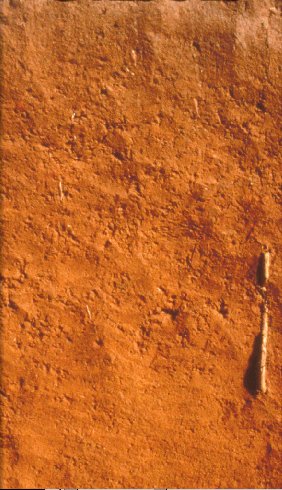
Oxisols
nutrient deficient for crops
get red color from oxidized iron
occur in tropical rainforest within 25 degrees north and south of the equator
takes up 7% of the land area (nonpolar) on Earth
oxic horizon, no argillic horizon, highly weathered
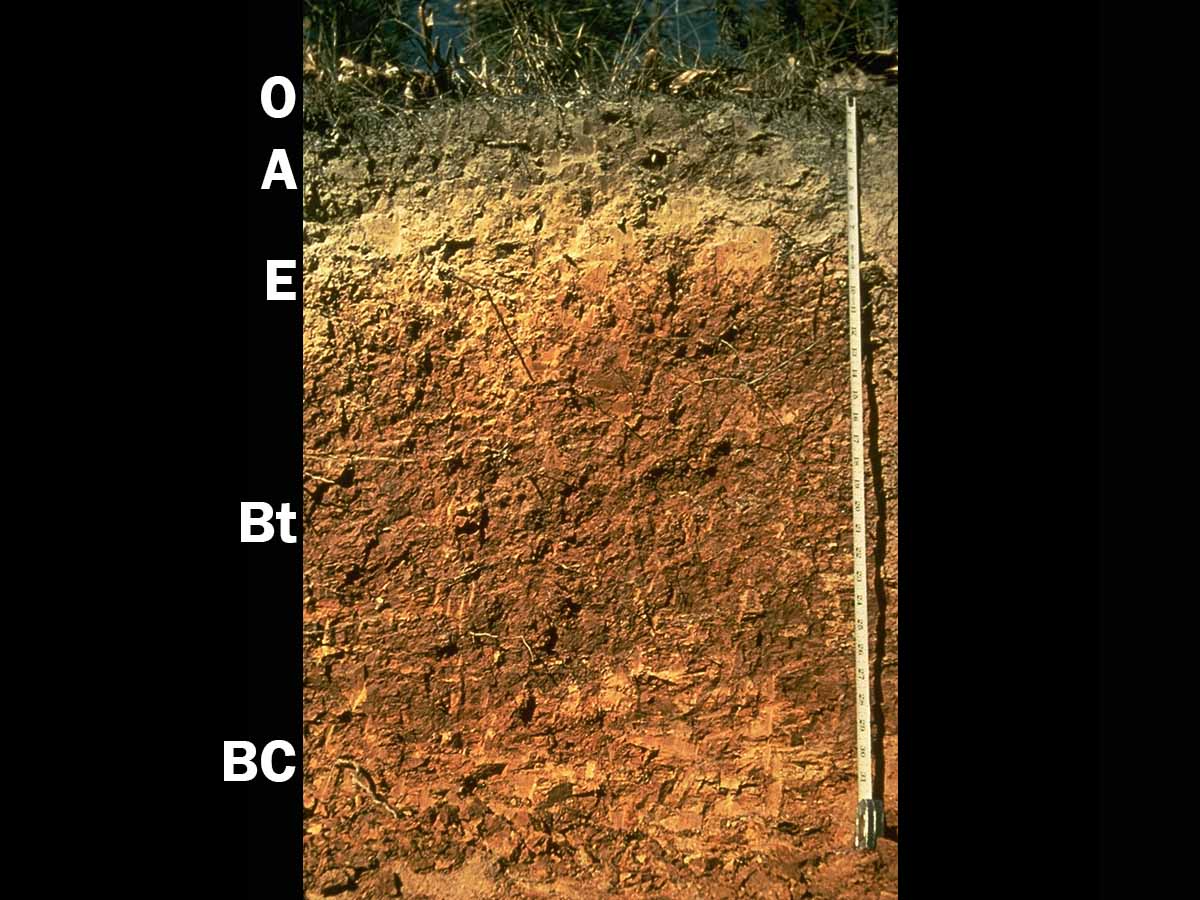
Ultisols
strongly leached, acidic forest soils with relatively low fertility
found in humid, temperate and tropical areas, typically on older, more stable landscapes
make up 8% of global (ice-free) land
argillic or kandic horizon, low base saturation
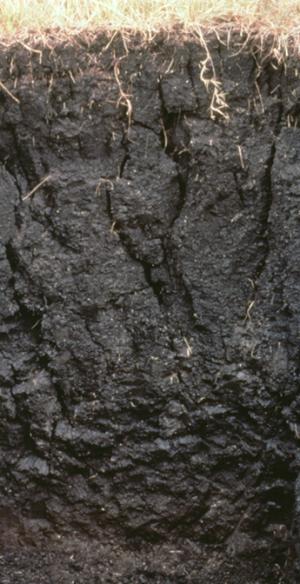
Vertisols
clay/smectite rich soils that shrink and swell with changes in moisture content
grassland soils that are rich in lime
take up 2% of (ice-free) global land
high in swelling clay; deep cracks when soil is dry

Gelisols
soils of very cold climates that contain permafrost on the first 2m of surface
found in high-latitude polar regions and localized areas at high mountain elevations
take up 9% of (ice-free) global land
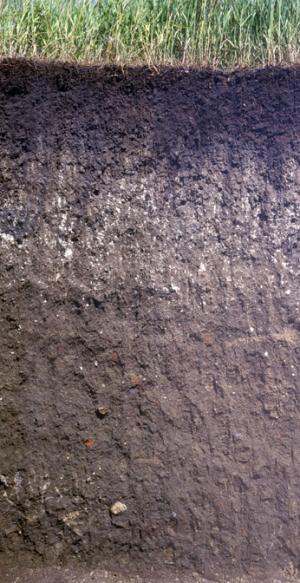
Mollisols
about 50% of soils in IL are mollisols
soils of grassland ecosystems characterized by thick, dark surface horizon
take up 7% of (ice-free) global land
fertile soil results from long-term addition of OM derived from grass roots

Ardisols
soils that form in arid/ semi-arid climates and occupy around 1/3rd of Earth’s land surface
biomass input is limited so OM doesn’t accumulate
accumulation of salts on surface can lead to salinization
take up about 12% of (ice-free) global land
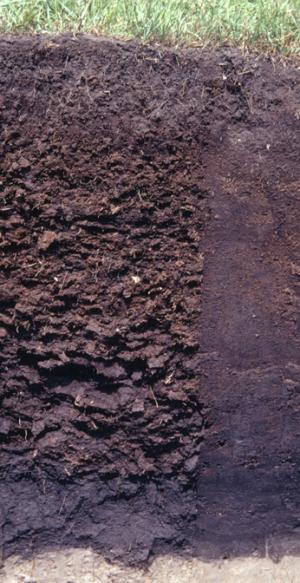
Histosols
composed mainly of organic matters
form in places where poor drainage inhibits the decomposition of plant and animal remains
aka peats and mucks and form in bogs and marshes
occur mostly in boreal, arctic and subarctic regions
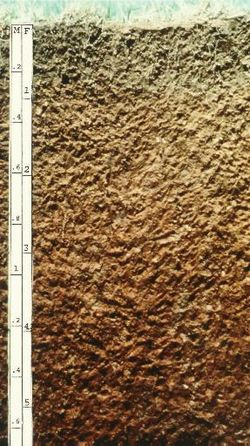
Alfisols
moderately leached soils with relatively high native fertility
formed primarily under forests and clays have accumulated in subsurface horizons
found in temperate humid and subhumid regions in the world, used intensively for agriculture
take up about 10% of (ice-free) global land
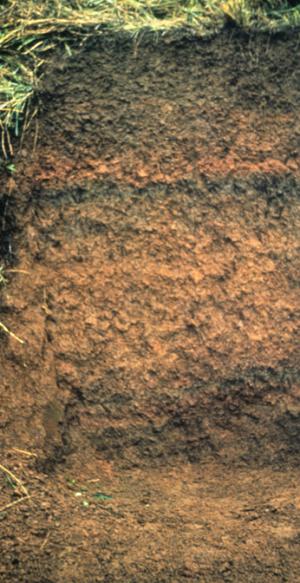
Andisols
dark/black soils formed in volcanic ash
high nutrient retention and often nutrient poor
typically dominated by amorphous colloids
make up about 1% of (ice-free) global land
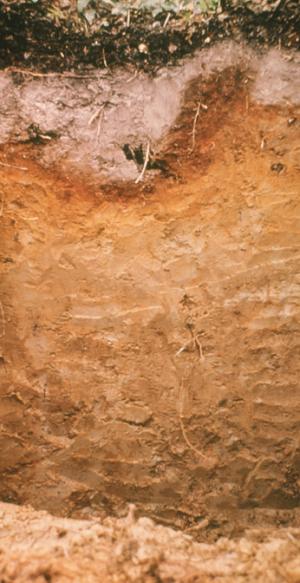
Spodosols
acid soils characterized by a subsurface accumulation of humus that is complexed with Al and Fe
course parent material and light colored E horizon
develops over centuries as water from seasonal precipitation helps translocate upper material
make up about 4% of (ice-free) global land
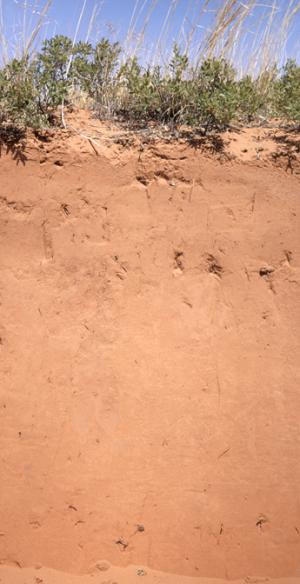
Entisols
found in rocky, mountainous regions; river valleys, river plains and deltas
little to no morphological development except A horizon
no diagnostic soil horizon, mostly undisturbed parent material
make up about 18% of (ice-free) global land
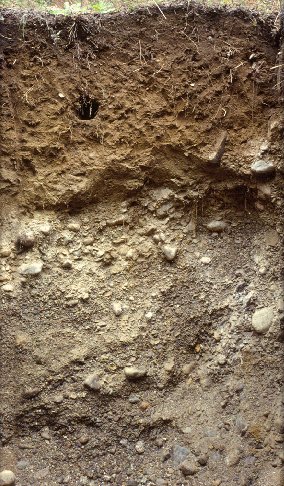
Inceptisols
found in semiarid to humid conditions
contain B horizon
have thin surface horizons and develops slowly because of fast weathering as it develops
weathering morphological features formed and destroyed continuously
make up about 15% of (ice-free) global land